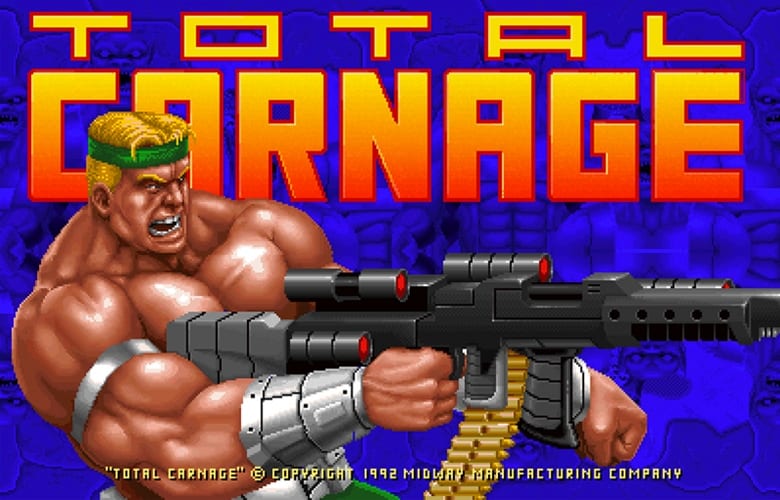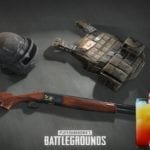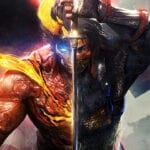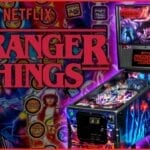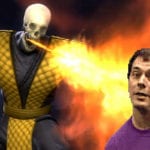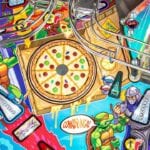Throwback Thursday: Smash TV – “I’d Buy That For A Dollar!” (VIDEO)
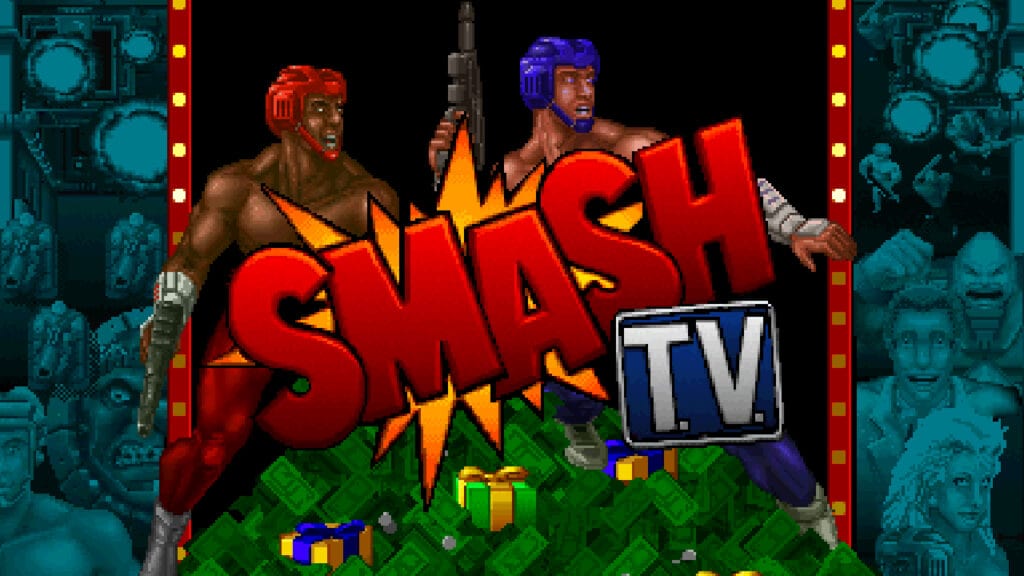
Let’s throw back to April 1990, when Smash TV released for arcades. The game put players in the middle of a violent, over-the-top game show, slaying waves of dangerous enemies in exchange for luxurious prizes. Along with presenting a gloriously ludicrous premise, Smash TV was an addictive addition to arcades and gave the top-down shooter genre an explosive new entry.
Background
In many aspects, Smash TV largely mirrors that of classic arcade shoot ’em up Robotron: 2084, which originally innovated the twin-stick shooter formula back in 1982. Back in those days, the best of the genre was relegated to old school favorites such as Space Invaders or Asteroids, making Robotron‘s simple genius of a shooting-specific joystick all the more impressive. Much of the title’s popularity was owed to co-designer Eugene Jarvis, who went on to lend his talents to several of the game’s successors.
One of these follow-ups (and the subject of today’s Throwback) arrived at the top of the 1990s, under development by programmer Mark Turmell, artist John Tobias, and a returning Jarvis. As there had been a number of advancements in the years since Robotron‘s debut, the game that would become Smash TV featured quite a few ideas that built upon the original Robotron in fantastic and over-the-top ways.
Gameplay
Smash TV follows the premise of a game show set in the future year of 1999, where contestants are put into combat against frequent hordes of enemies. Seemingly inspired by the 1987 film The Running Man, players navigate the maze of arenas and unleash endless firepower in exchange for lavish prizes such as VCRs, toasters, and 2,600-inch televisions. Sections are often introduced by the game’s host, who bookends appearances with catchphrases such as “Big money! Big prizes! I love it!” and “I’d buy that for a dollar!” He also appears as the game’s final boss, taking on a much more monstrous appearance.
Along with the game’s signature attitude and violence, Smash TV was also notorious for its steep difficulty in arcades. With ammo-absorbing bosses and limited continues, the game made dents in the wallets of anyone who wanted to make significant progress. So quarter-munching the game was, that developers actually failed to include a proper ending in the original cabinet release, as they figured nobody would be skillful enough to reach the incomplete conclusion.
Despite this, Smash TV still made mention to a bonus “Pleasure Dome” level reserved only for “Grand Champions” who took the time to collect a set amount of hidden keys. It wasn’t long before dedicated players began reaching these extra requirements and were met with essentially nothing, promptly angering those with significantly less quarters in their pockets. The ensuing outcry led to later releases including an actual Pleasure Dome portion, the level proving to be just as violently tasteless as one would expect.
Legacy
Though not getting any official follow-ups, Smash TV has been ported numerous times over the years either as a single release or through compilations such as Midway Arcade Treasures. 1992 saw an action-packed spiritual successor in Total Carnage, reuniting largely the same team that worked on Smash TV. In the years after, Eugene Jarvis continued to provide arcade experiences with the Cruis’n driving series as well as with his own development studio Raw Thrills. Mark Turmell would continue making over-the-top hits such as with NBA Jam, and John Tobias went on to co-create a little fighting game known as Mortal Kombat.
What’s your opinion of Smash TV? Let us know in the comments below and be sure to follow Don’t Feed the Gamers on Twitter to be informed of the latest gaming and entertainment news 24 hours a day! Also, be on the lookout for the next Throwback Thursday where we’ll highlight yet another title from gaming past. For entries from previous weeks, check out these next few links below:
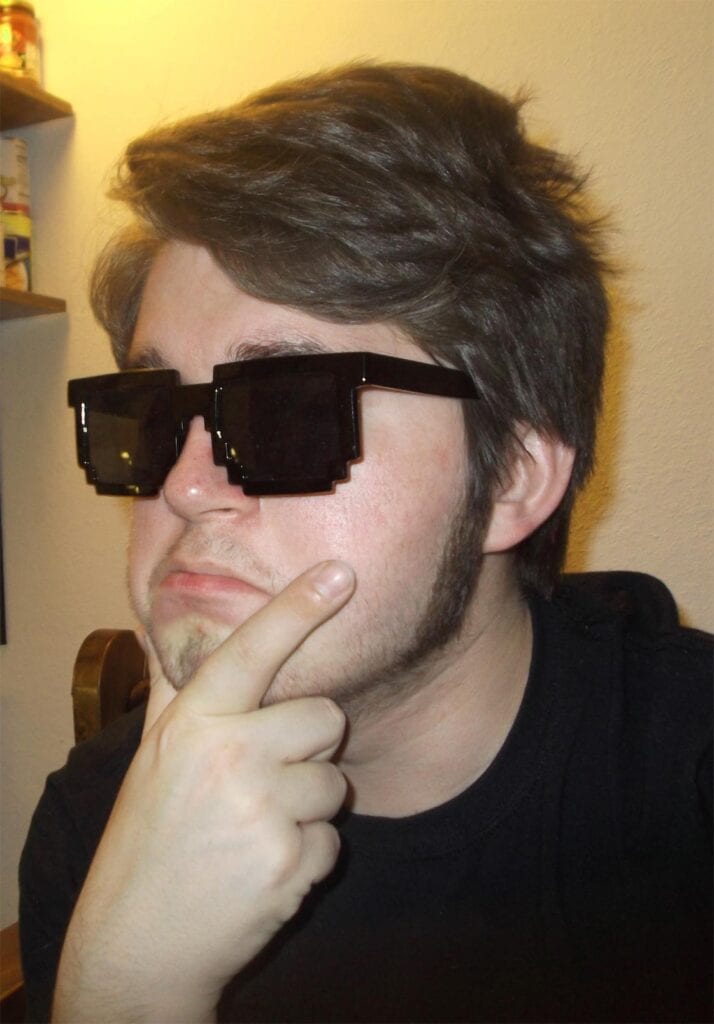
Eric Hall2712 Posts
Phone-browsing Wikipedia in one hand and clutching his trusty controller in the other, the legendary Eric Hall spreads his wealth of knowledge as a writer for Don't Feed the Gamers. Be sure to catch his biweekly "Throwback Thursday" segment for a nostalgic look at trivia from the past.
